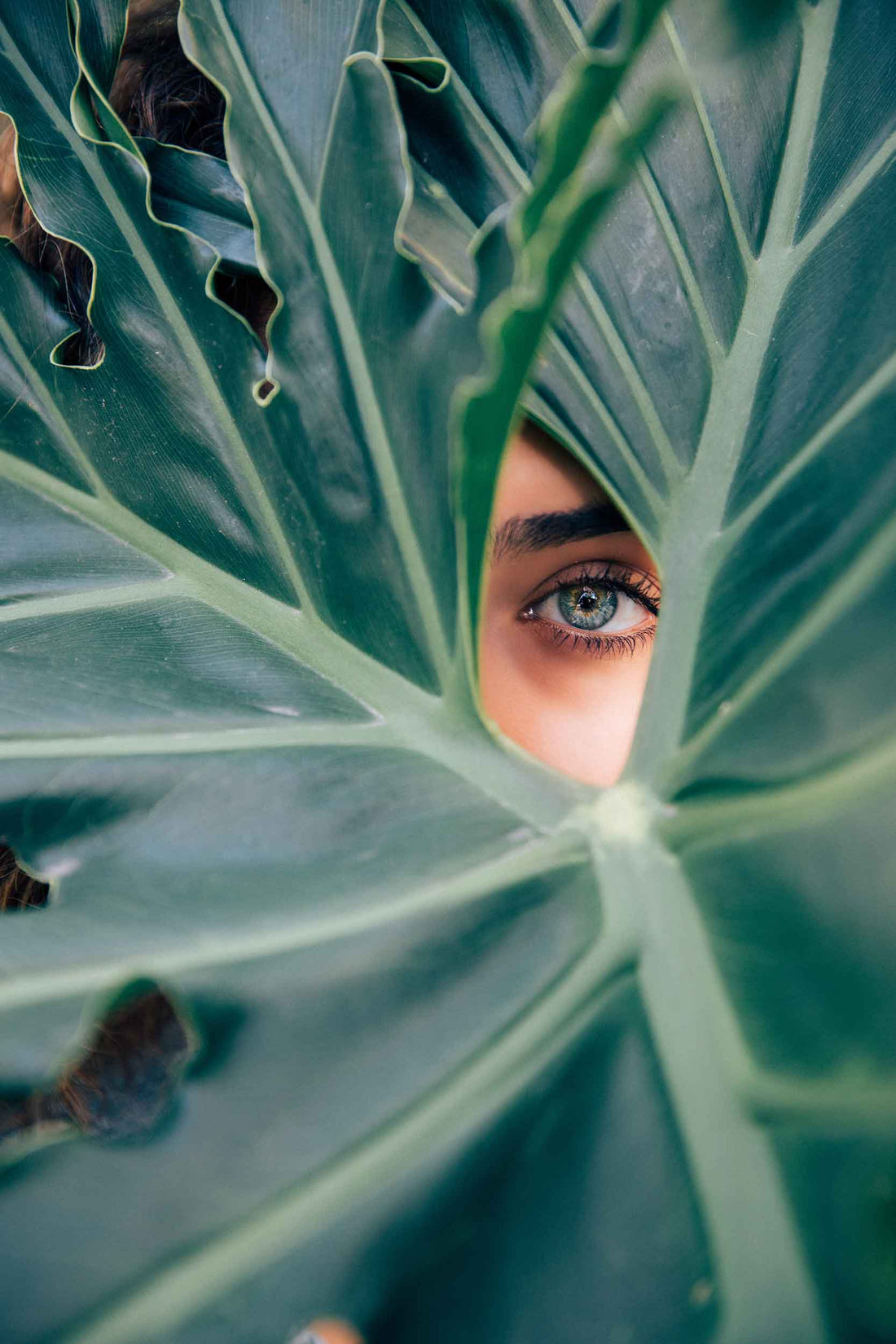Beauty is a light in the heart.
- Kahlil Gibran
I am incredibly grateful that I have had teachers, mentors and guides in my life who laid out the lessons of timeless wisdom and set out a practical path to increased awareness and self-knowledge. On that journey, I encountered many wonderful exercises and practices which led me to the experience of higher consciousness.
One such exercise was the contemplation and experience of beauty. One day at a retreat, we were asked to fall deeply still and find a restful place within. Then, when we opened our eyes, we saw a projected image of a beautiful peach-coloured rose, bathed in sunlight, with a drop or two of water on the petals. We were asked simply to allow the eyes to rest on this image.
There is much that can be said about such a simple exercise of contemplating a beautiful image with a clear mind and a still heart.
For me, it was an act of recognition. I felt that beauty within myself, and therefore I saw that same beauty in the flower. I could only experience the external beauty of a rose in full bloom, if I knew that the beauty was within myself as well.
So what is beauty? What is that beauty that we experience as part of our own being, and that we see around us?
To answer that question, some would head for a dictionary to research the meaning of the word ‘beauty’. Here is one definition:
“the quality present in a thing or person that gives intense pleasure or deep satisfaction to the mind, whether arising from sensory manifestations (as shape, colour, sound, etc.), a meaningful design or pattern, or something else (as a personality in which high spiritual qualities are manifest).”
It is not a bad description of beauty as far as these things go, but the very effort and care that the editors of the dictionary have taken, shows us that when we seek the truth — the inner reality of beauty — mere words fall short. As with other universals like compassion, decency, justice and wisdom, there is a point where words and concepts and ideas fall back. They must give way and let experience and communion take over.
This is where Sanskrit can help. Sanskrit is not just a language, but a doorway to real understanding. Sanskrit has a unique way of going beyond the mere words of a dictionary definition. It lays out a path to experiential understanding and intimacy. So let’s allow Sanskrit to guide us to a deeper understanding of beauty.
We will start by looking at three Sanskrit words for beauty and find out what they reveal.
Saundarya (सौन्दर्य) means graceful, elegant and lovely, and also refers to noble conduct and generosity; chārutā (चारुता), carries a sense of loveliness, and that which is agreeable and beloved; and finally, shobhā (शोभा) relates to brilliance, lustre and splendour.
We can combine the meanings of these three words and say that true beauty is lovely, graceful and elegant; it is noble and generous, it is beloved; and it shines and radiates splendour.
This gives us a very full description of beauty. It certainly includes the physical beauty of an attractive person, a harmoniously designed building, an exquisitely executed work of art, a finely crafted piece of jewellery. And this full description of beauty, derived from Sanskrit, with its inclusion of nobility and generosity and love and splendour, takes us beyond the merely physical.
The sun dappled rose is a thing of beauty. It is elegant and lovely. In a subtle and magical way, it is also generous. The flower displays its beauty and its radiance to whomever happens upon it, without any judgment or any wish for anything in return. This connection with the generosity of beauty in nature, immediately takes us beyond the mere physical form into a world of inter-connected giving and receiving.
We can go further and begin to think of beauty in other subtler spheres of life. We can move beyond physical objects to beautiful behaviour and actions. What of a mother caring for her child, attending to a grazed knee, wiping away the tears, setting him back on his feet? Here is beauty indeed.
What about the simple interaction of friends meeting and having a laugh at shared memories, or that radiant smile when a date turns up with a bunch of those beautiful roses – the physical flowers now prompting a beautiful smile and the beginning, perhaps, of a beautiful relationship.
And we can also find beauty in the world of creativity. What of the beauty of a piece of music that uplifts the hearts and nourishes the minds of the audience and the players alike?
I was the choir mistress at our school, and time and again I was moved by the beauty of a massed choir of children singing wonderful music. The whole was greater than the sum of the parts, where children, teachers and parents were unified and transported by beauty.
What of a painting that presents a view of the world that surprises and delights? Or a poem or novel that opens a door to intriguing places and allows us to experience emotions and ideas in a fresh way? In Shakespeare’s play, Juliet describes her limitless love for Romeo. Has there ever been a more beautiful description?
My bounty is as boundless as the sea,
My love as deep. The more I give to thee
The more I have, for both are infinite.
But we can also look in unlikely places for beauty. We can find it in the world of invention and of science and technology, in the intricacies of machines, computers, aeroplanes, cars, great ships and factories. These allow us to move around the world, and they bring us all that our hearts desire. Isn’t there something beautiful in a matrix of commerce and exchange that can deliver fresh milk to our refrigerators, our favourite movie to our TVs, and a gift to our beloved? In this world of commerce, a million simple needs and wants are satisfied every hour of every day.
And finally, what about the beauty of the highest values and principles that make life worth living – honour, kindness, courage, respect, justice and wisdom. Aren’t these perhaps the most beautiful things of all. To see honesty in action, respect in speech, courageous behaviour, and acts of kindness to friends and strangers alike.
Sometimes acts of courage happen without anyone noticing. Some are recognised and honoured. Eleven-year-old Aiden Dolan was with his parents at Long Beach, Washington state when he saw a five-year-old boy being carried out to sea by a rip tide. He jumped into the water fully clothed and held the boy against the tide until he was safe. Aiden was honoured for his selflessness and bravery. We can all recognise the beauty in that spontaneous act, and the many others we hear about when strangers swing into action to help someone or rescue them from danger, or when a community bands together to build a properly fitted home for a wounded veteran. Here is beauty indeed.
These are all examples of Saundarya – elegance, grace, nobility, generosity; Chārutā – loveliness, and love itself; Shobhā – radiance, lustre and brilliance.
And we can see and experience these everywhere, if we would just open our eyes. It easy when we look at nature. But we can also make the effort to see beauty in the less obvious areas of life – in work, and in the ordinary daily interactions with both friends and strangers.
The exercise I would recommend is to consciously acknowledge the beauty of a sunset, of lovers holding hands, of an exquisite piece of music. Then take that experience, that feeling, and look at the traffic, the laundry waiting to be folded, the queue in the supermarket and challenge yourself to see beauty in these ordinary, humdrum things in life. It’s there waiting to be discovered, I promise you. And the discovery is worthwhile. The real trick is to discover and feel the beauty within yourself. Then seeing beauty everywhere is not difficult at all.
In the exercise with the rose, we were asked first to close our eyes and find a still place of peace within our hearts. Then, when we opened our eyes we were presented with the sight of the peach-coloured rose. It was a wonderful experience carefully created by intelligent and sensitive teachers.
But we don’t have to wait for such perfect circumstances. Beauty is all around us. And, more importantly it is within each of us. At any time, we can go to a still place inside and then look out and see a world of beauty, brilliance and nobility.
The timeless wisdom of Sanskrit lays out a pathway to a marvellous world of love and beauty. It is a path that is open to all of us. The destination is well-worth the journey.
Inspiration Jewelry: Meaningful and Beautiful Pieces from Around The World

